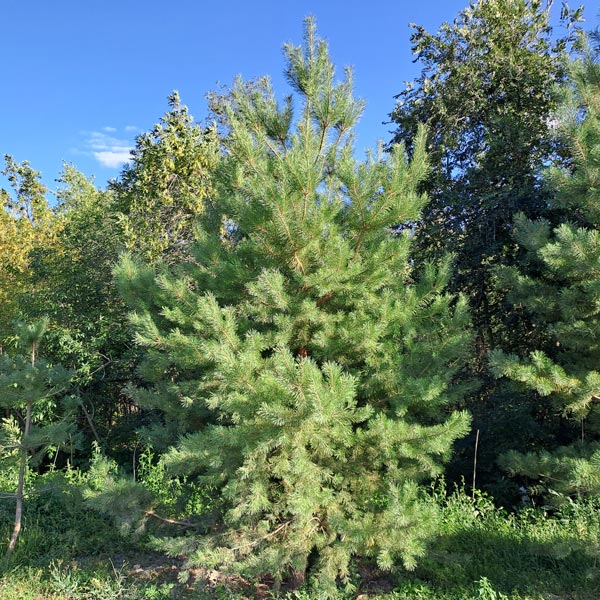Hampton Winter Tree Service
Although, your trees are generally dormant in the winter, they are still vulnerable to the elements. Our Henry, Fayette and Clayton County winters may not be as harsh as in many other parts of the country, however last week’s winter storm shows that we can still experience near freezing temperatures, rain and snow that all take a toll on our trees. Trees are particularly susceptible to injury in the cold winter months and can suffer in the spring because of it. Fortunately, taking steps to avoid winter damage now, combined with expert tree service from Milam’s Tree Service can help your trees thrive when spring arrives!
What Causes Winter Tree Damage?
There are many causes of winter damage to trees. These include low temperatures, frost and dry air. These factors can make the winter months a struggle for survival, especially for your exposed plants and trees. Rapid temperature drops like we had last week (our temperature dropped from the 50s to the 30s overnight) and low soil moisture in the wintertime are particularly powerful tree injury offender. The worst offenders of winter damage to trees include:
• Dry conditions: For the same reason our lips and skin can feel dry and chapped in the wintertime, trees often struggle to find moisture as well. Lower moisture content in the air can create a dehydrated winter environment. Signs include scorched and dropped leaves, mottling on the leaves and even death of leaves and twigs. Unfortunately, in severe cases, the tree may not recover and may have to be removed.
• Low temperature: When temperatures drop below a tree’s natural tolerance (especially when such a drop happens quickly like it did last week) the tree can struggle. If the sun has warmed the tree bark before the temperature drop, sunscald and frost cracks are a readily recognizable outcome. When leaves die back completely, the bark splits or the leaves turn brown or black, you can suspect low temperature problems. Luckily, only if the root is killed will the tree be unable to make a full recovery.
• Frost: Humidity in the air combined with near- or below-freezing temperatures results in frost, which can be particularly problematic if the tree is still actively growing or producing. Frostbite appears on trees as brown or black leaves. New leaves and shoots will often twist, curl or wilt in frost conditions.
Some steps you can take yourself to help prevent tree winter injury include:
• Planting trees in well-drained soil conditions.
• Checking soil moisture in advance of freezing conditions. If the soil has enough moisture early in the cold months, it can protect the tree through the winter.
• Using mulch. Milam’s Tree Service has a large mulch yard, conveniently located in East McDonough.
• Use wind breaks to prevent against winter wind and dehydration.
Tree Service From Milam’s Can Help
If you suspect your trees are suffering from dry conditions, low moisture and frost, contact Milam’s Tree Service. We can take specific, proven steps to control for winter injury. Milam’s Tree Service can recommend trees that are naturally hardy to our local area and help you manage any trees that are particularly susceptible. In addition, when storms hit and your trees do suffer damage like broken limbs or start to tip over and become a safety hazard, we can remove the broken limbs before they break further. We also offer dangerous tree removals when necessary but often times we can save your trees if called upon early enough. Call us out for an inspection and we will advise you on the best course of action.










